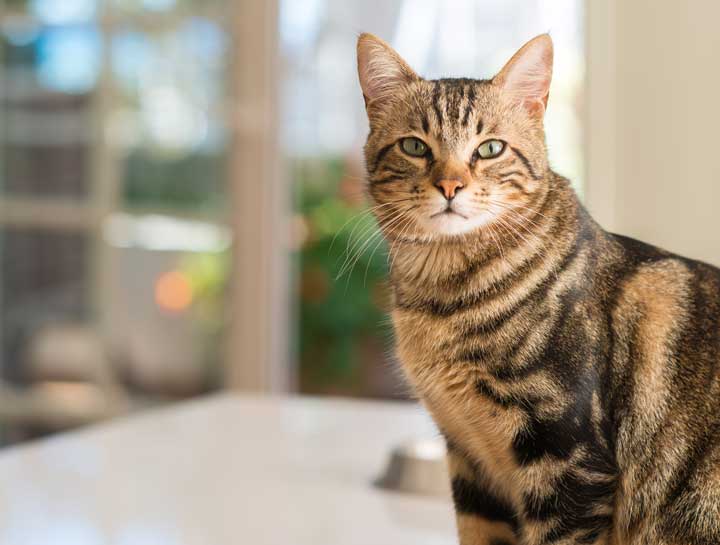Kitty 101: The Ecology of Litter Boxes

Most of us decide to get a cat, pick one out, and then…let the research and online shopping begin! We spend hours and hours researching nutrition, choosing the perfect collar, and pleading for recommendations from family members and even strangers on social media groups about care for our new kitty. Next, is the litter box which we might not even consider what is best for our cat. And that is where it can go all wrong. Selecting a litter box must fit the needs of your cat who can be very particular about these things.
Litter box size, shape, placement, litter material, and cleanliness are just the obvious things that can affect your cat and its litter box habits. We want to try to avoid these potential stressors that could cause your cat to use your bed or your laundry. All of these things probably seem like a lot more information than you ever wanted to know but following these rules will help to keep everything in the box, and everybody will be happier.
THE MAGIC NUMBER
The first thing that we need to do is determine the number of litter boxes that we will need. Yes, that’s boxes with an “s.” You will need one litter box per cat plus one more. So for one cat, you should have two boxes, for two cats you should have three boxes, and so on. Even in single-cat households, you want to give your cat options. This rule is a significant rule and does not have a lot of room for modification.
Remember, we are trying to prevent them from finding more appealing alternatives. In multi-cat families, we are trying to eliminate competition for the box. No one likes waiting in line for the bathroom. Your litter boxes need to be in separate rooms, in a quiet area, preferably close to where the cats spend most of their time. This probably seems like a lot of logistics to consider for just a litter box, but following these rules will help to keep everything in the box, and everybody will be happier
The Litter Boxes
Select a rectangular litter box that is a minimum of 1 ½ times the length of your cat. This space will allow them the space they need to find a clean area in the box without dealing with previous deposits or having to step out of the litter box. Having a litter box that is not covered allows your cat to feel safe and not trapped if interrupted while taking care of business. Covered boxes trap and accumulate odors that can drive your cat away from using them (think port-o-potty- most people will do anything they can before having to use one). This would be the most likely choice that would suit most cats. But if you have a cat that sprays, kicks litter, or has terrible aim, you may need to consider a litter box with higher sides and a lower exit/entrance.
The Litter
Having options is always good, but with all of the choices out there, it can be overwhelming and mind-boggling. Cats have distinct personalities and preferences in everything, including litter choices.
There are two things that almost every cat would agree on:
- Size- smaller, fine particles for clumping litter: which resembles sand. Our cats are descendants of ancient desert dwellers. It is their instinct to bury their waste in the sand. A litter that resembles sand is most preferred. Crystal or pellet-type litter is not representative of this and can also be uncomfortable on their paws. It would be like us walking on gravel barefoot. Ouch!
- Odor-free/unscented: Cats have a heightened sense of smell (even better than some dog breeds). It is best to avoid buying any scented litter. Any scent can easily overwhelm your cat and make its box less desirable. So the best and most favorable choice of litter is a fine-grained, scoopable, clumping litter that is unscented and has activated carbon to minimize odors. Fresh Step unscented multi-cat litter is an excellent option that fits those requirements.
Cleaning
Maintaining the litter box and its contents are relatively straightforward. Scoop the box a minimum of once daily to remove all deposits and top it with some fresh litter. The once-a-day rule is imperative if you want to keep your pet’s deposits in the box and away from your things. Like us, cats want to take care of their business in a clean and fresh environment. Wash the litter box monthly with warm water. Do not use detergent because the smell may deter your cat from using it. Depending on your cat’s potty habits, a full litter change in between monthly box cleanings might be needed.
The fickle nature of our feline friends means that not all of these guidelines will suit every cat. These suggestions are rules of thumb that fit the litter box standards of most cats. If your cat is not using the litter box and medical issues have been ruled out, your cat is trying to tell you something. It is your job to pay attention and adapt, adjust, and fine-tune until you find the optimal litter box formula.
